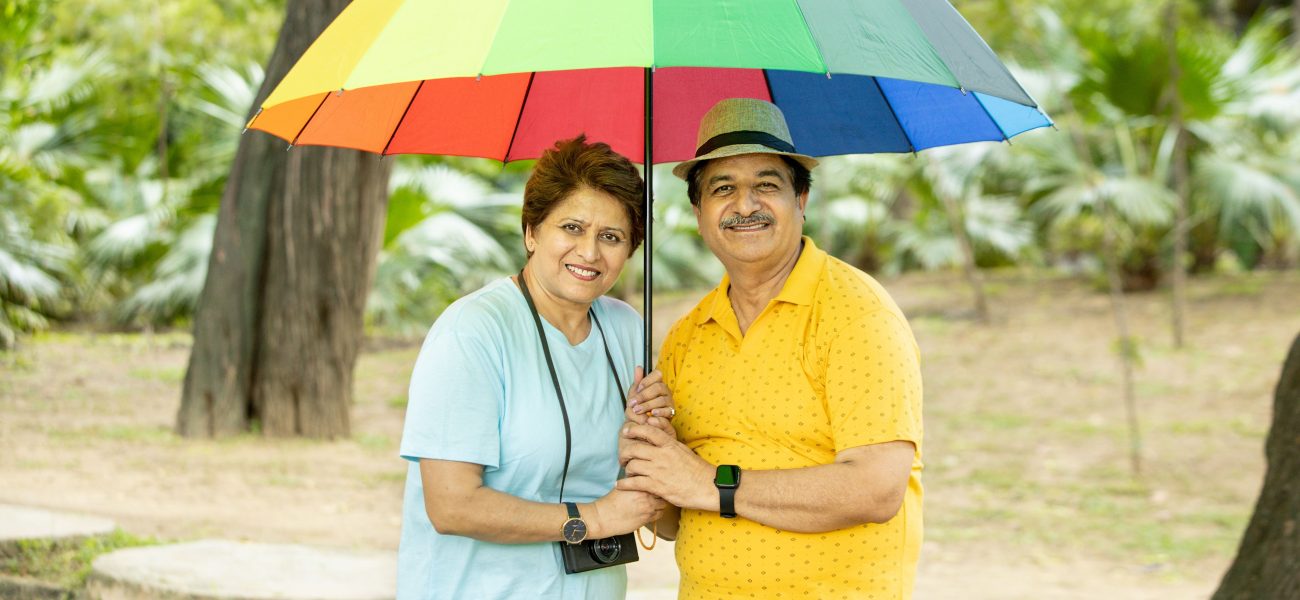Navigating Urinary Incontinence With Adult Diapers During Monsoon
Urinary incontinence, a condition characterized by the involuntary leakage of urine, is undoubtedly one of them. The onset of the monsoon season introduces a new layer of challenges for those affected by it. The increased humidity and moisture that accompany the monsoon can intensify the discomfort and skin-related issues associated with urinary incontinence. This blog sheds light on the journey of managing urinary incontinence, particularly during the monsoon, and explores the pivotal role that adult diapers play in overcoming the hurdles posed by moisture.
Understanding Urinary Incontinence During Monsoon: Challenges and Proactive Management
Monsoon brings with it a refreshing change in weather, but senior citizens who are dealing with urinary incontinence can face unique challenges. The sudden drops in temperature, increased humidity, and changes in air pressure lead to heightened instances of urinary incontinence episodes. Prolonged exposure to damp conditions can cause skin irritation, redness, and even infections. The moisture can weaken the skin’s protective barrier, making it more susceptible to damage.
Moreover, constant dampness can lead to discomfort and even emotional distress for those already dealing with the challenges of urinary incontinence. Managing urinary incontinence effectively during the monsoon requires proactive measures and strategies that senior citizens and caregivers can implement.
Hygiene Maintenance: Regular cleansing and gentle pat drying are crucial to prevent skin irritation. Using hypoallergenic and PH-balanced cleansers can help maintain the skin’s integrity.
Choosing the Right Products: Opt for high-quality urinary incontinence products that provide both absorption and moisture-wicking properties. This can minimize skin exposure to moisture and prevent discomfort.
Frequent Changes: Regularly change soiled products to avoid prolonged contact between moisture and the skin. This practice can greatly reduce the risk of skin-related issues.
Skin Protection: Apply barrier creams or ointments recommended by healthcare professionals to protect the skin’s moisture barrier and prevent irritation.
Maintain a Healthy Diet: Consuming a diet rich in fiber and avoiding foods that can worsen urinary incontinence, can contribute to better bowel health.
The Essential Role of Adult Diapers in Managing Urinary Incontinence
With advancements in healthcare products, adult diapers have emerged as a practical and effective solution for managing urinary incontinence. These discreet and convenient products have transformed the way elderly people experience and cope with urinary incontinence-related issues.
Adult diapers are designed to provide exceptional absorption and prevent wetness from coming into contact with the skin, reducing the risk of skin irritation and infections. It ensures that leakage is minimized, offering users the peace of mind even during daily activities. This is particularly crucial during instances of physical exertion or movement.
Tips for Caregivers
- Encourage elderly people with urinary incontinence to maintain a regular changing routine. Prompt changing of adult diapers helps prevent prolonged exposure to moisture, reducing the risk of odor and skin-related issues.
- Thoroughly cleanse the perineal area during each diaper change. Use mild, pH-balanced cleansers to avoid skin irritation. Pat-dry the skin gently before putting on a new diaper.
- Apply skin barrier creams or ointments to protect the skin from excessive moisture and friction. These products create a protective layer, minimizing the risk of skin breakdown.
- Monsoon weather can disrupt regular routines, so it’s essential to stock up on an adequate supply of adult diapers, cleansing products, and barrier creams.
In conclusion, effectively managing urinary incontinence during humid conditions requires a combination of proper hygiene practices, the use of high-quality adult diapers, and careful attention to skin health. By adhering to a consistent routine, stocking up on supplies, and seeking professional guidance, elderly people and caregivers can navigate the challenges of moisture and maintain overall freshness and comfort.






















